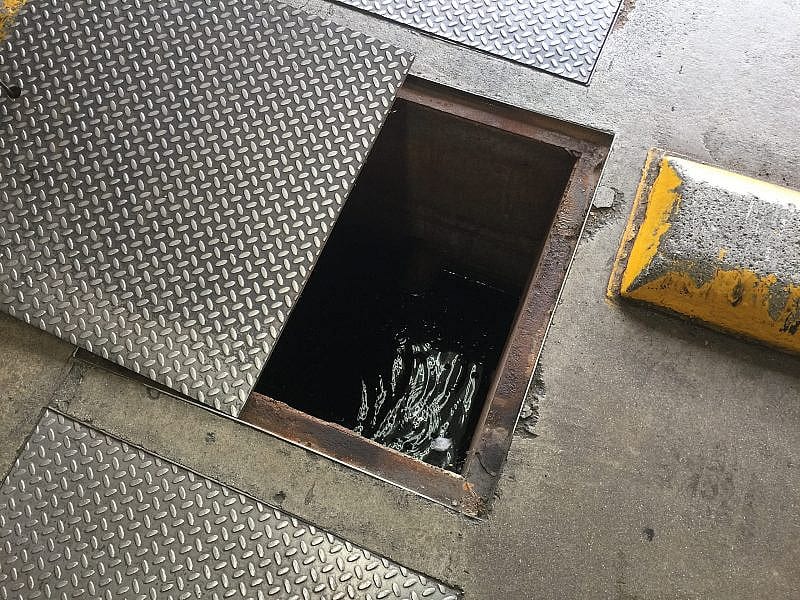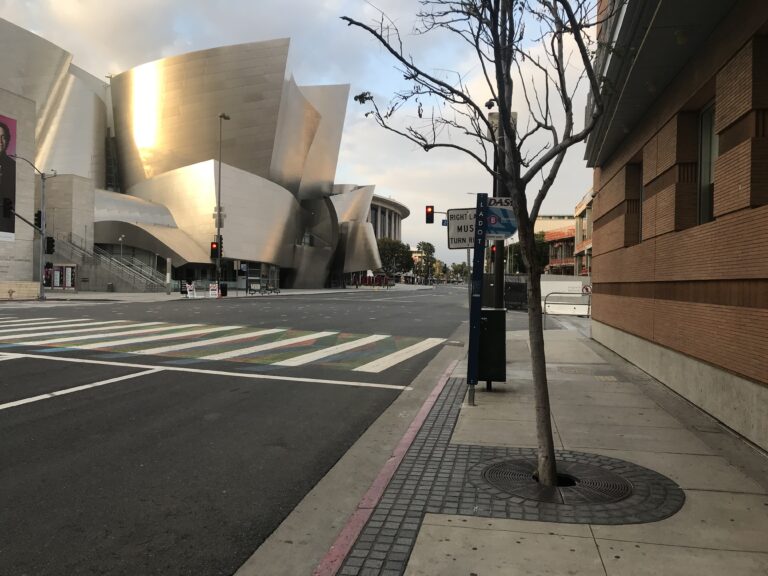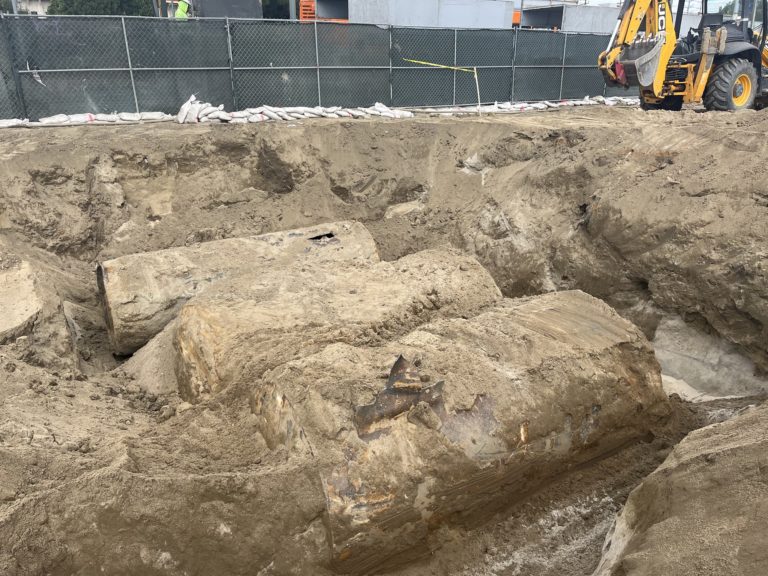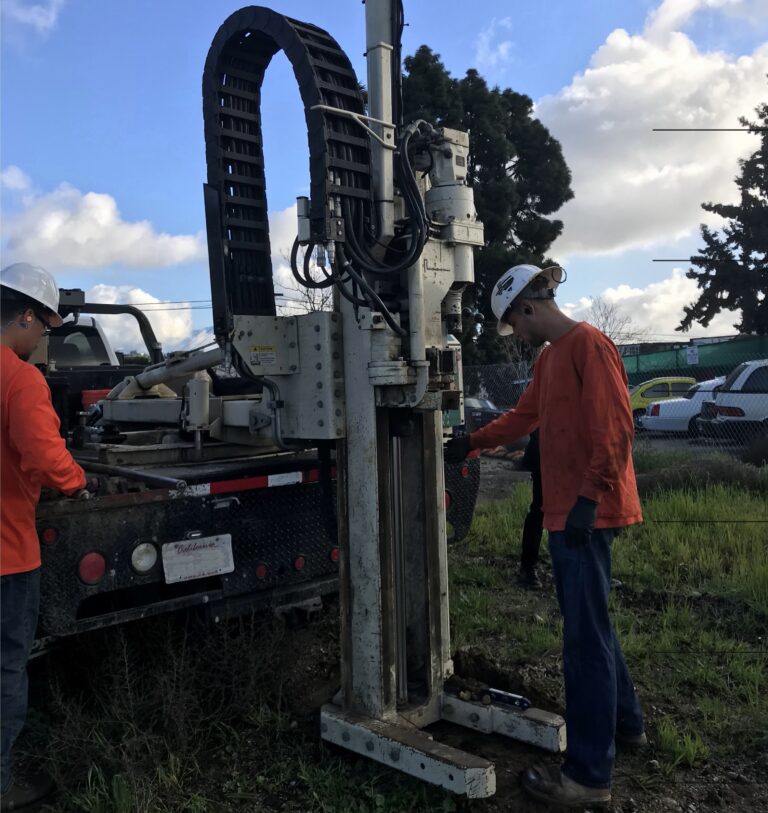All Appropriate Inquiries (AAI)
The term “All Appropriate Inquiries” (AAI) is defined as the official EPA and ASTM method to inquire about current or historical environmental conditions that may exist on a property, in relation to their legal and environmental liabilities during a commercial real estate transaction. The All Appropriate Inquiries “Final Rule” is 40 CFR Part 312, and is now a standard in the commercial real estate due diligence process. Accordingly, the “Final Rule” aims to fulfill the requirement that satisfies the CERCLA “Innocent Landowner Defense” policy. Additionally, the rule can serve to defend “Contiguous Property Owners” as well as “Bona Fide Prospective Purchasers.” This applies specifically to cases, where landowners discover contamination on a property they did not cause. Updated June 14, 2021.

Per the All Appropriate Inquiries Final Rule 40 CFR Part 312, the American Society for Testing and Materials (ASTM) International Standards E1527-13 (Standard Practice for the Phase 1 Environmental Site Assessment Process) and ASTM E2247-16 (the Phase 1 Environmental Site Assessment Process for Forestland or Rural Property) the Rule requirements serve as a prerequisite of the Innocent Landowner Defense process under CERCLA.
What is CERCLA?
All Appropriate Inquiries and CERCLA are hand in hand. CERCLA is an abbreviation for the Comprehensive Environmental Response, Compensation, and Liability Act. This is also known as “Superfund.” Superfund came into effect in the 1970s and 1980s, as a response to various contamination cases and hazardous waste practices. CERCLA enacts strict liability on owners and operators for mitigating and removing hazardous substances at the properties they own. This means that an individual or entity can be held responsible for the contamination, based on property ownership. Additionally, CERCLA can lay down liability on properties in use, solely for operations (even without ownership).
Brownfields Amendments
In 2002, the Brownfields Amendments to CERCLA began providing liability protection for current and future landowners who didn’t actually cause the contamination issue. The amendments require specific actions and compliance with all provisions in CERCLA. This includes, but does not limit to the All Appropriate Inquiries, as well as an evaluation of past and present uses.
CERCLA provides liability protection for Innocent Landowners who, at a minimum, demonstrate they “did not know and had no reason to know” any hazardous substances were disposed of or released. Owners applying for the Innocent Landowner Defense must meet the conditions outlined in CERCLA §101(35)(A).
Contiguous Property Owners
CERCLA also provides liability protection for Contiguous Property Owners via All Appropriate Inquiries (AAI). This is land that is contiguous or adjacent to a property that is the sole source of contamination. The Contiguous Property Owners must also demonstrate that they “did not know and had no reason to know” that their property was subject to impact by nearby hazardous substances. Those applying for the Innocent Landowner Defense as a Contiguous Property Owner must meet the conditions outlined in CERCLA §107(q).
Bona Fide Prospective Purchasers
Following the 2002 Brownfields Amendment, Bona Fide Prospective Purchasers who know a property has contamination issues may purchase the property. The rule applies as long as the purchase occurs after January 11, 2002, and meets the conditions as per CERCLA §101(40) and 107(r). The due diligence process must comply with All Appropriate Inquiries (AAI) procedures.
Innocent Landowner Defense
Government entities may also qualify for the Innocent Landowner Defense, provided they acquire property involuntarily. For instance, acquisitions through bankruptcy, abandonment, or delinquent taxes as per CERCLA §101(20)(D). Another example could be an acquisition by eminent domain as per CERCLA §101(35)(A)(ii).
All Appropriate Inquiries (AAI) requirements apply to all commercial and government organizations that are purchasing properties, and all individuals who are purchasing a property for non-residential use. Additionally, entities or individuals that receive a Brownfields grant (CERCLA §104(k)(2)(B)) and use the grant to complete site assessment or characterization activities are also subject to All Appropriate Inquiries (AAI).
The Brownfields Program
The Brownfields Program provides funds for Brownfields Assessments, contamination clean-up projects, and remediation after a Phase 2 ESA. This program supports environmental job training programs and capitalizes revolving loan funds. The program provides funds in the form of competitive grants. Eligible entities include state, tribal, local, and regional governments, as well as quasi-governmental entities with private management but, are backed by a government agency. Other private eligible entities can be organizations with a public mandate to provide environmental consulting services.
The entities that qualify for Brownfields grants may not use the money to pay for costs in association with contamination they are liable for. To claim protection from liability, the entities must comply with the Innocent Landowner Requirements. Additionally, the entities, individuals, and government agencies must conduct All Appropriate Inquiries (AAI) prior to purchasing or acquiring the property.
The All Appropriate Inquiries Rule
The purpose of AAI is to research past use and ownership of a property and to inspect and assess the current property conditions to identify potential risks that may have resulted in a release or threatened release of hazardous substances “on, at, in, or to” the property. An individual that meets the definition of an “Environmental Professional” conducts and oversees the AAI requirements.
Additionally, an AAI must occur within one year prior to the property acquisition. There is a mandatory update to the report for AAI purposes, prior to the one-year expiration. The update is a general requirement during delayed acquisition time frames. Some parts of the All Appropriate Inquiries (AAI) report must be updated and conducted within 180 days of the purchase. For example, interviews, agency records review, regulatory database search, and visual inspection.
The AAI Rule Requires:
- The inspection and review of any government records associated with the property.
- The inspection and review of available historical records.
- Interviews with past and current landowners, tenants, operators, and other knowledgeable parties (such as neighbors).
- Inspection of the property during a site reconnaissance.
- Inspection of adjoining and nearby properties during the site reconnaissance.
- Determination of the presence or likely presence of contamination at the subject property as well as the ease ability to identify contamination visually. For example, in some cases, the material-use at the property is not typically visible to the naked eye, if released.
- The identification of any limitations or data gaps that impact the ability to determine a release or contamination.
- Details of the All Appropriate Inquiries (AAI) investigation in a written report. The report requires signing by an environmental professional, who meets the rule requirements and ASTM standards. For example, an ASTM compliant Phase I Environmental Site Assessment report.
Additionally, the AAI rule may include other resources of information, such as specialized knowledge. For instance, a landowner knows specific information regarding proprietary property operations and the likelihood of contamination. Moreover, the rule may comprise an assessment of the purchase price to fair market value. For example, a contaminated property may be under-priced, indicating the seller knows there is an environmental cleanup issue.
The Written Report
The final Federal rule requires that an All Appropriate Inquiries investigation include documentation in a written report. The final reports must include, at a minimum, an opinion as to whether the AAI investigation was significant enough to identify conditions “indicating a release or threatened release.” The report must identify data gaps that may impede the ability to identify release conditions as well as documentation and explanation of the data gap significance. Additionally, the report must contain qualification statements and signatures of environmental professionals according to 40 CFR Part 312 and §312.10. Additionally, the environmental professional must include an opinion in regard to whether an additional investigation should occur at the property.
Additional Investigations
Per the All Appropriate Inquiries processes, recognized environmental conditions throughout the Phase 1 Environmental Report process ultimately lead to a Phase 2 Environmental Site Assessment. The environmental sampling of subsurface media and comparison to regulatory agency screening levels leads to the final determination, as to whether environmental remediation or contamination excavation cleanup is necessary.
The Report Objectives are to:
- Identify current and past property uses, ownership, and occupants.
- Report the current and past use of hazardous substances. This includes historical waste management and disposal activities that may have negatively impact the property.
- Research and report all current and historical corrective actions and response activities.
- Recognize any engineering or institutional controls.
- Identify any adjoining or nearby properties that have environmental conditions, that may negatively impact the subject property.
In completing the report, the environmental professional must gather the required information, review and evaluate the information, identify the applicable data gaps, and note any releases or potential releases.
Following the collection and analysis of documents and data, the environmental professional must report the findings. And as a result of the findings, the environmental professional will form conclusions, opinions, and recommendations.
The ASTM E1527-13 and E2247-16 Phase I Environmental Site Assessment standard guidance incorporate all of the required aspects of the All Appropriate Inquiries rule. Additionally, if the AAI Rule or Phase I ESA reports are for EPA Brownfields grant applications, or for other grant funds, the grantee must complete, sign, and date the “Checklist for Phase I Site Assessments Conducted Using EPA Brownfields Assessment Grant Funds.”
AAI is for Everybody
The All Appropriate Inquiries rule provides a mechanism for landowners to reduce risk and liability by outlining a thorough and all-encompassing methodology to identify potential concerns. In completing a Phase I Environmental Site Assessment, it is important for property owners and prospective purchasers to provide all necessary documentation and for the responsible environmental professional to conduct thorough due diligence in order to ensure that all potential risks are properly identified prior to a land transaction. The AAI serves as a “timestamp” detailing the conditions of the property at the time of the transaction.
AAI is not only for future property owners to protect themselves from acquiring an impacted property. Conducting AAI also protects the current and historical landowners by providing the “timestamp” to show the prior owners did not negatively impact human health or the environment. In this regard, All Appropriate Inquiries (AAI) and the Phase I ESA serve to protect both the previous and future landowner. If the due diligence finds that the prior landowner did not contaminate or dispose of hazardous substances at the property, the prior landowner reduces their liability in association with future releases following the property transaction.




